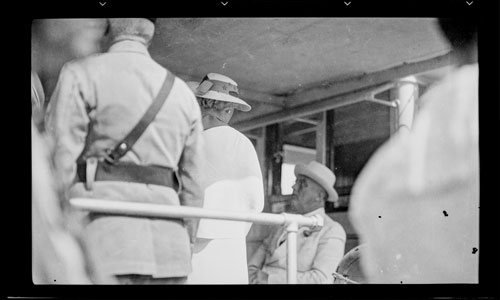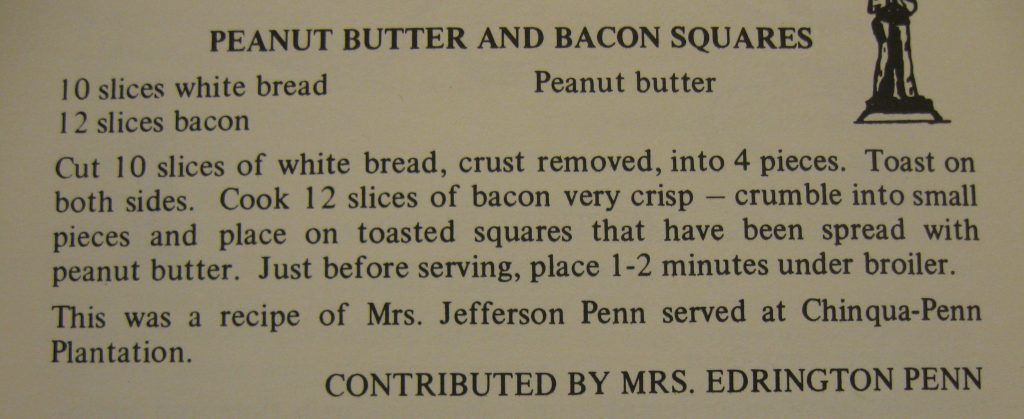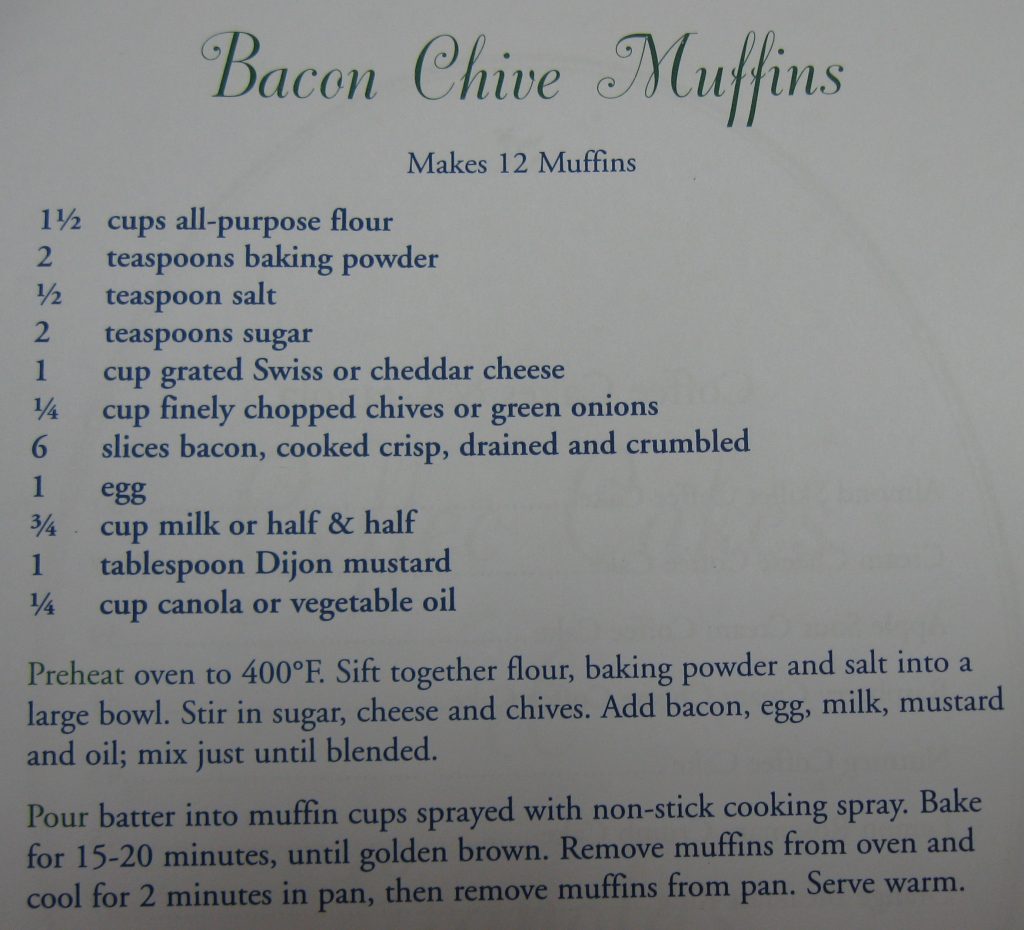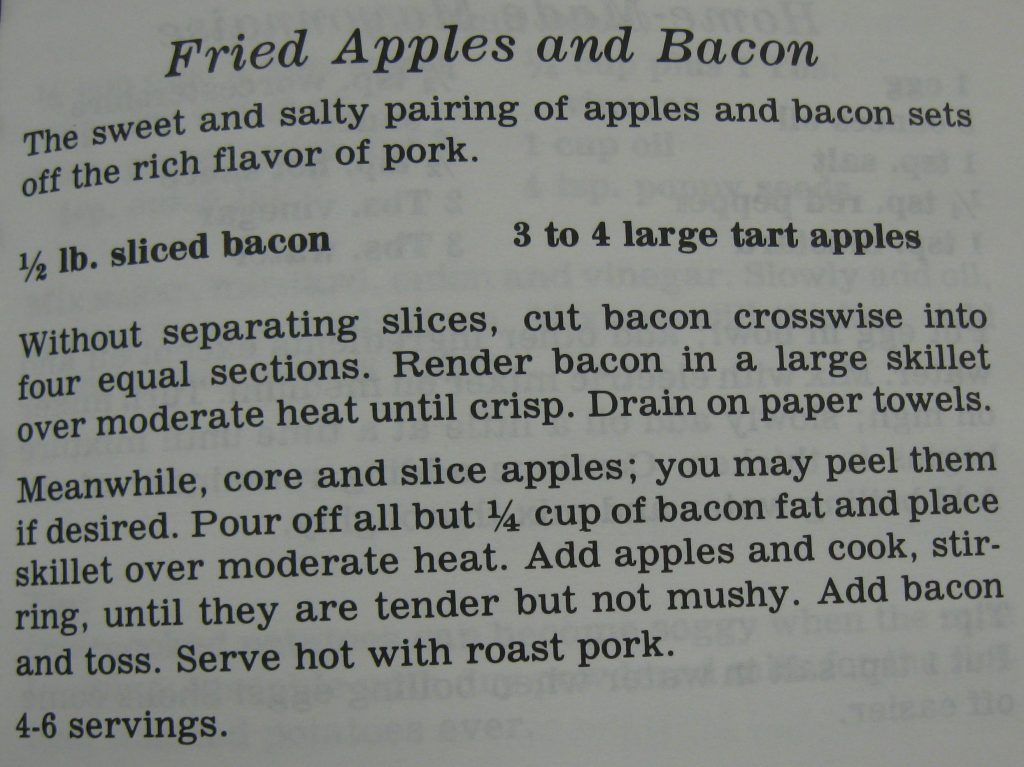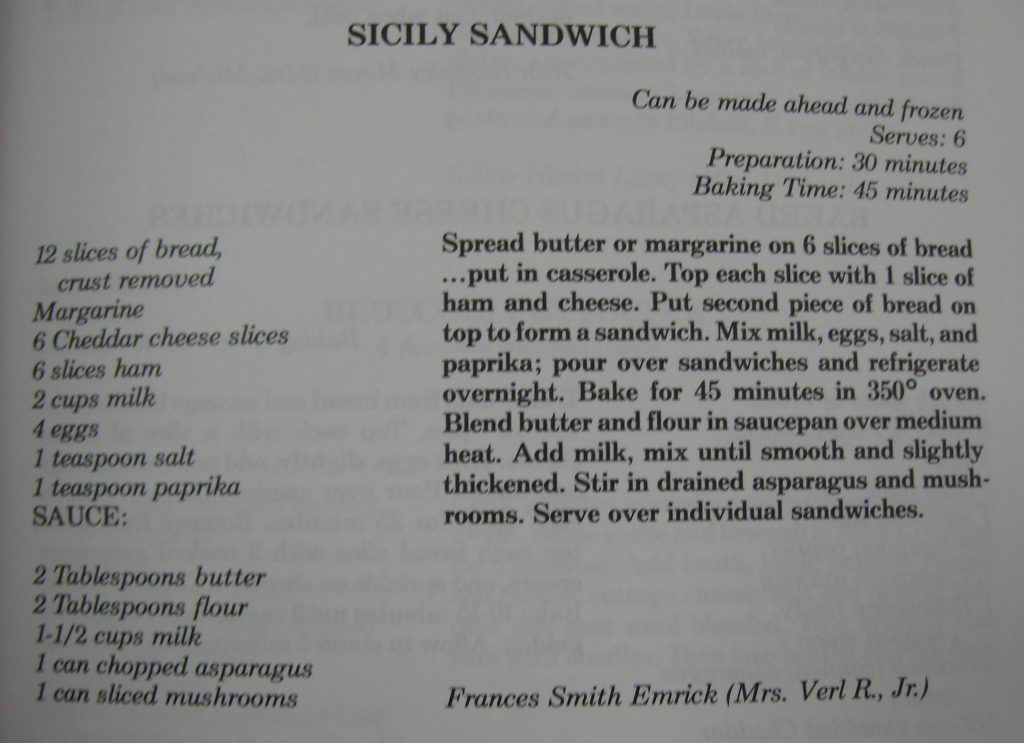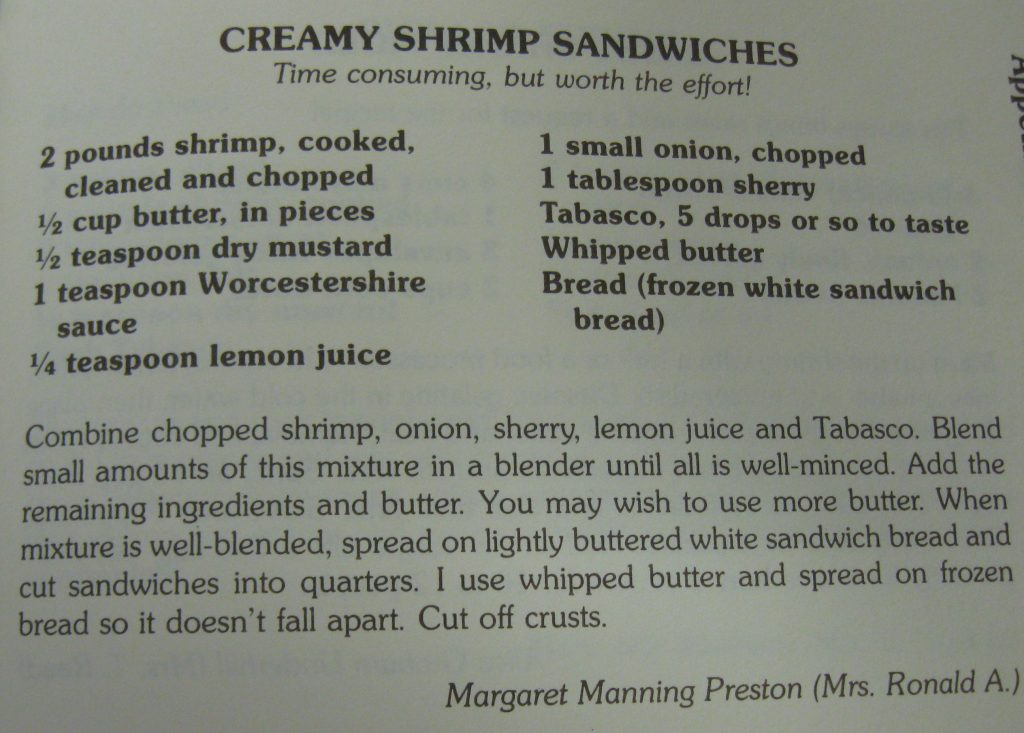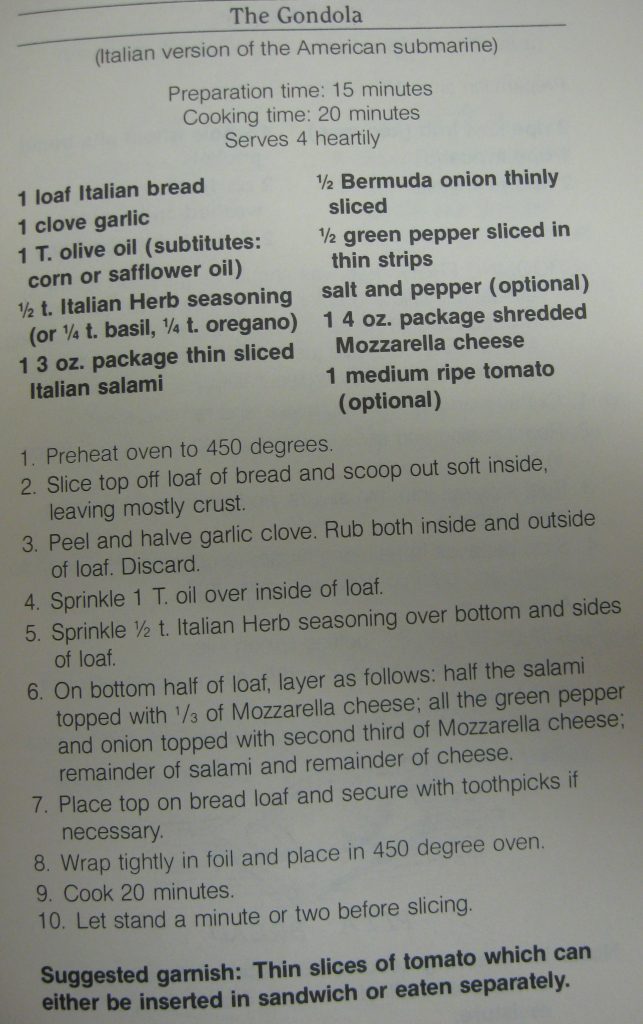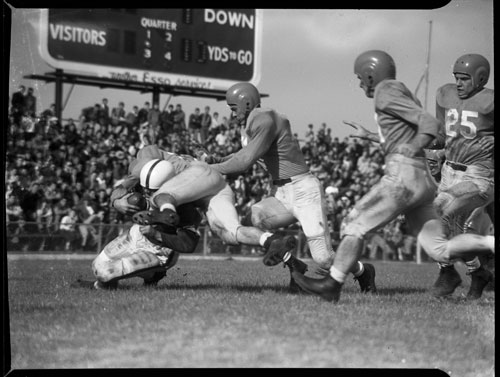Seen this one before? Probably not. I suspect this photo never made its way to print. The image of FDR on Roanoke Island is among prints and negatives in the Albertype Company Collection of the North Carolina Collection Photographic Archive (NCCPA). We recently added a host of scans from the collection to our Digital NCCPA.
Albertype was a Brooklyn-based postcard and viewbook publishing company that operated from 1892 to 1950. During its six decades of operation, the company produced more than 25,000 prints. Albertype sent photographers throughout the country to capture people and places on film. In the early days the company relied on a relatively new technological innovation, the collotype or albertype, to photomechanically reproduce images.
Our Albertype Collection includes another image that was likely shot the same day.
The motorcade appears to include Roosevelt, Governor Clyde R. Hoey (backseat, middle) and, perhaps, Paul Green (backseat, right). Roosevelt’s visit to Roanoke Island included a viewing of The Lost Colony. Green’s outdoor drama included actors from the Federal Actors Project performing in a theater built by the Civilian Conservation Corps—two agencies created as a part of FDR’s New Deal. Roosevelt visited Roanoke Island on August 18, 1937— the 350th anniversary of Virginia Dare’s birth and a little more than a month after the July 4 premiere of Green’s drama. In addition to catching a performance of The Lost Colony, the President delivered an address.
The photographer of these images is unidentified. The quality of the photographs suggest that his/her work with the Albertype Company may have been short-lived.
Of course, Albertype didn’t have the only photographer on the scene. This lensman (or lenswoman) was better positioned (FYI: we’re doing some web cleanup and this link may eventually die).

